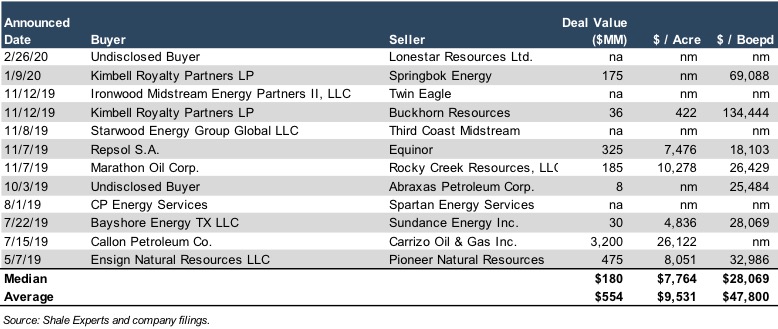Today’s Independent Trust Company
How Does Your Trust Company Measure Up?
Historically, the role of a trust was simply for one party (the trustee) to hold property for the benefit of another (the beneficiary). Over time the role of trust companies has expanded to include managing the distribution, administration, and investment of trust assets. Fifty years ago, most local banks had a trust officer who performed these services. Consolidation in the banking industry, changing consumer preferences, and favorable trust law changes in states such as Delaware, Nevada, and South Dakota have led many bank trust officers to leave their local bank and start independent trust companies. (This shift parallels the shift from the broker-dealer to independent RIA model.)
As trusts have become more sophisticated, independent trust companies have become increasingly specialized with respect to trust administration. Many independent trust companies today focus on specialized types of trusts or beneficiaries. As part of this trend, trust companies are increasingly outsourcing investment management in order to focus on fiduciary issues.
More trust companies are now shifting to a directed trustee model, which absolves the trustee of certain fiduciary responsibilities. With a directed trust an investment advisor is named on the account so that investment decisions are made by the appointed advisor rather than the trust company. This allows the trust company to focus on fiduciary issues related to trust and estate administration rather than investment management. Typically, a directed trustee model calls for slightly lower fees, but much less liability for the trust company.
The alternative is a delegated trustee model, where the trustee can delegate fiduciary authority to an investment advisor, as they see fit. However, in this model, the trustee is responsible for properly vetting the investment advisor and supervising their decisions.
The Typical Independent Trust Company
A trust company’s revenue is a function of assets under administration and its fee schedule. Expenses generally consist of personnel expenses and fixed overhead costs.
AUA. Over $120 trillion of assets are administered by domestic trust companies /departments. It is estimated that approximately $18 trillion of assets are administered by independent trust companies, with each, on average, administering $1.5 billion. Generally, assets under administration (AUA) growth has been highest within the non-managed (delegated or directed) trustee model.
Fees. While the rest of the investment management industry has been dealing with fee compression, trust fees have been increasing. Independent trust companies have typically been more willing than bank’s trust departments to increase fees. Thus, as customers move assets from trust departments to independent trust companies, we expect fees across the industry will continue increasing.
Wealth Advisor reported that on average companies charge around 50 basis points per year for vanilla trust services. Trust companies typically don’t require minimum account sizes, but instead require minimum annual fees, which can range from $1,000 to $20,000 depending on the services offered. Fees are typically structured on a sliding scale, where the first million could be charged 60 bps, the next million could be charged 50 bps, and the next million 40 bps, etc. If the trust company also manages the underlying assets, fees will of course be higher. However, larger clients tend to receive discounts, which can correspond to low fees by industry standards, but substantial revenue given the size of the account.
Expenses: The relationships between independent trust companies and their clients require the time and energy of a dedicated staff. Thus, most of a typical independent trust company’s expenses are personnel expenses, which include salaries, bonuses, and other benefits for employees and officers. Compensation generally tracks revenue fairly closely, making operating leverage more pronounced with overhead costs than compensation related expenses.
Overhead costs for trust companies are generally fixed in nature, which allows trust companies to take advantage of operating leverage over time. Overhead costs include the cost of compliance, technology, and marketing expenditures all which have been increasing over the last few years. We have seen an increased focus on branding as trust companies seek to connect with clients on a more personal level. Additionally, corporate trusts can have significant litigation costs from year to year.
How Does Your Trust Company Measure Up?
Bringing everything together, the average trust company’s income statement looks similar to the one outlined below.
Charging slightly under 50bp on $1.5 billion in assets, the average trust company generated $7 million in revenue in 2019. With an average operating margin of approximately 37%, the average independent trust company had $2.6 million in operating profit, which it could distribute out to its ownership base or invest in new technology or marketing initiatives.

A Better Model
Although some view the trust industry as mature, the industry has changed significantly over the last decade. The average client today looks different than the average client did ten years ago, which means the average trust company has changed as well. The interests of trust companies and their clients are better aligned today than they were when trust officers worked for the local bank rather than the client. More time is being spent addressing the actual needs of clients, as technological advancements have freed up time and improved service offerings. This new directed trustee model benefits both the client and the trust administrator which is evidenced by the increase in dollars under administration in non-managed trusts.
 RIA Valuation Insights
RIA Valuation Insights 





